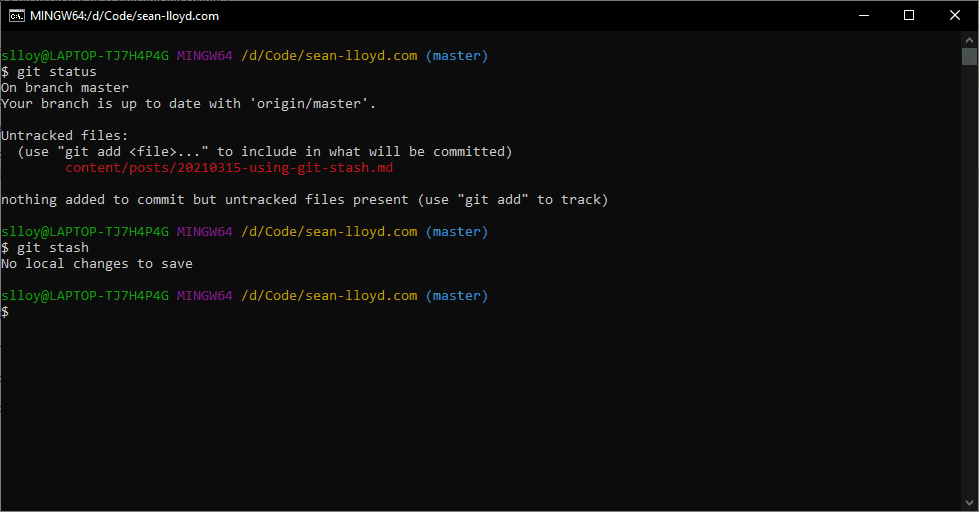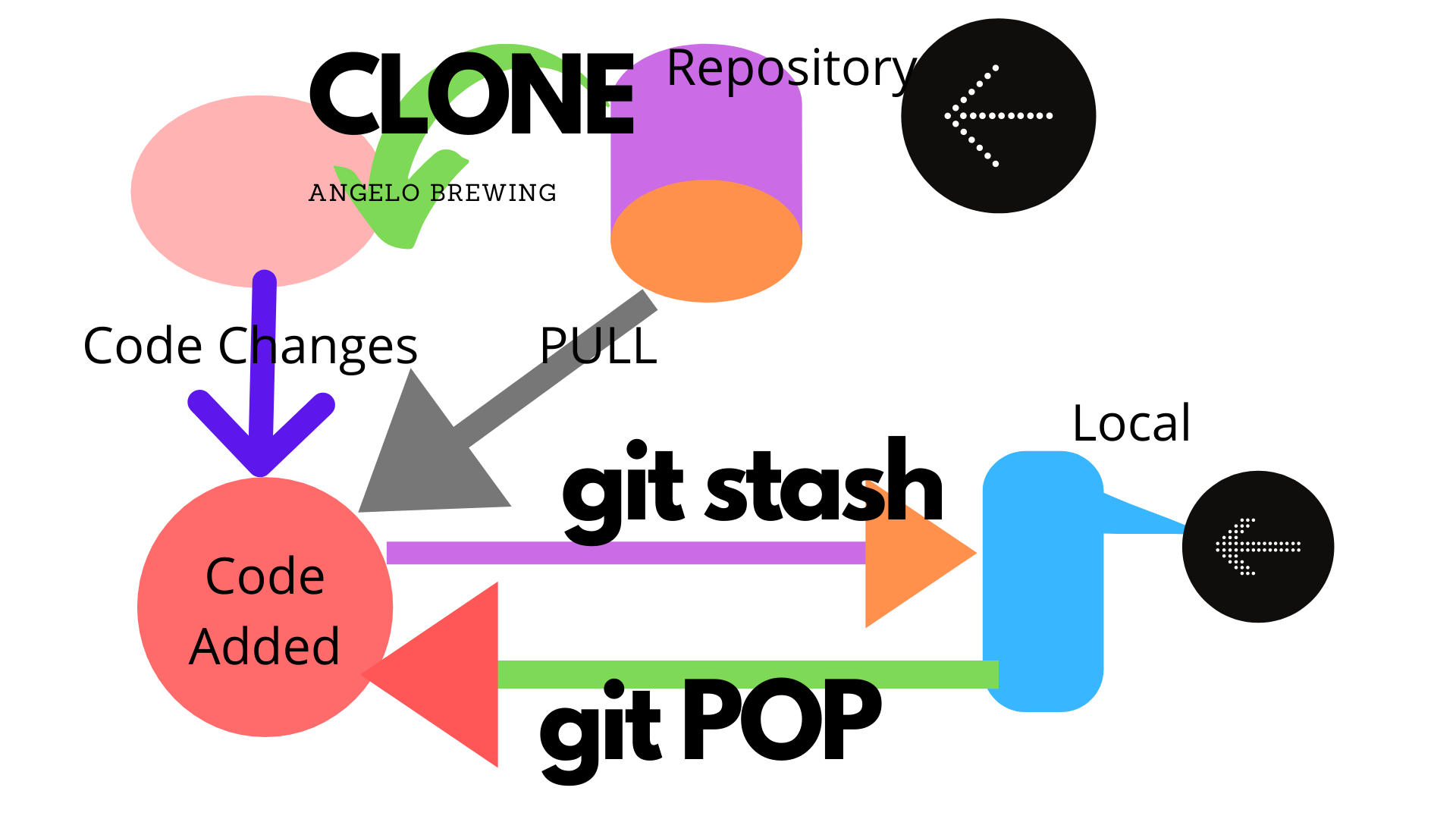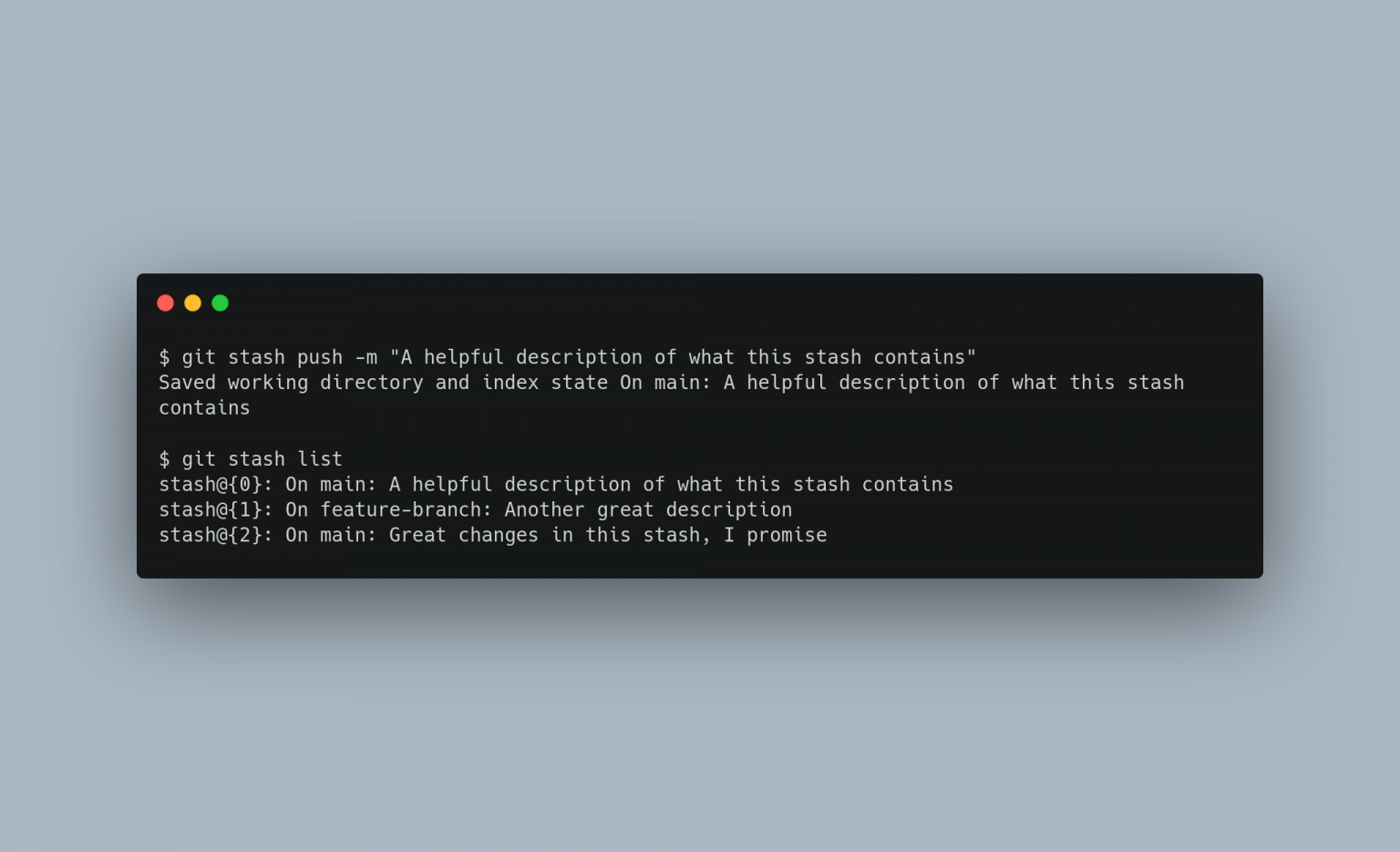

Use git stash when you want to record the current state of the working directory and the index, but want to go back to a clean working directory. You’re probably asking: but what git-stash is and how does it work? Reasonable questions, I would say. What if we could stop the current work exactly as is and go fix that other issue (and save the day)? That would be great, and it is, that’s where git-stash comes in. You have to be one to avoid a mess in the commit history. That works, especially if you are a creative person.

They usually write only "WIP" in the commit message (please don’t do that). I have not seen people doing it in a good way, though. You would be solving the problem, and would just need to think a bit about a good message to go with that. You could easily commit your changes even knowing that they’re not committable. What do you do? Naively Solving the problem Things can go wrong and maybe you have to stop what you’re doing right now and work on an urgent fix. But what if you get interrupted before finishing a committable change?
#GIT STASH WITH MESSAGE SOFTWARE#
You’ll most likely do a similar process as described above at least once in your workflow.Īs the good software developer that you are, you commit your changes in a semantic and well-packaged way, meaning you only commit the code when you have a block of effort. The workflow you’re using doesn’t matter for this article. Whatever it is, you probably just checkout a branch, do some good code, commit your changes (with a good commit message of course), then push your changes to the remote repository.
#GIT STASH WITH MESSAGE HOW TO#
What to do in this case? Maybe you can even have a good idea of how to solve it using that small set of commands, but maybe you could do it more efficiently (and elegantly) using git-stash. We’re going to discuss a scenario that likely fits the other 20% of the problems when you get interrupted in your normal workflow. It’s the real Pareto Principle where you, with 20% of the commands, can solve 80% of the problems, and that’s amazing. With that small set of commands, you can solve most of your problems. At this point, you probably already know that all the usual commands (e.g git-add, git-checkout, git-commit) are enough for you.

The "pop" flag will reapply the last saved state and, at the same time, delete its representation on the Stash (in other words: it does the clean-up for you).Hi guys. When you're ready to continue where you left off, you can restore the saved state easily: $ git stash pop Continuing Where You Left OffĪs already mentioned, Git's Stash is meant as a temporary storage. You're ready to start your new task (for example by pulling changes from remote or simply switching branches). Your working copy is now clean: all uncommitted local changes have been saved on this kind of "clipboard" that Git's Stash represents. HEAD is now at 2dfe283 Implement the new login box Saved working directory and index state WIP on master: This is where "git stash" comes in handy: $ git stash You shouldn't just commit them, of course, because it's unfinished work. because you need to work on an urgent bug - you need to get these changes out of the way. Let's say you currently have a couple of local modifications: $ git status
#GIT STASH WITH MESSAGE FOR FREE#
Download Now for Free git stash: a Clipboard for Your Changes


 0 kommentar(er)
0 kommentar(er)
